Non-Fungible Tokens (NFTs) changed how we see digital ownership. At first, NFTs were static. They couldn’t be changed or updated. But now, a new kind of NFT is making waves—dynamic NFTs.
These are not just collectibles sitting in a wallet. Dynamic NFTs, also called smart NFTs or programmable NFTs, can change over time. They react to real-world events or user actions. In simple terms, they are interactive digital assets.
This blog will help you understand how dynamic NFTs work, what makes them different, and how they can be used.
What Are Dynamic NFTs?
A dynamic NFT is an NFT that updates its metadata based on inputs. Metadata is the information that defines the NFT—like its image, name, or traits.
For example, imagine a digital football card that updates stats in real time. As the player scores goals, the NFT updates too. This is possible because the NFT is linked to an external data source, often through smart contracts.
Let’s look at a quick comparison:
Feature | Static NFTs | Dynamic NFTs |
Metadata | Fixed | Can change over time |
Interactions | None | React to data, user actions, or time |
Use Cases | Art, collectibles | Games, sports, DeFi, education, and more |
Also Called | Traditional NFTs | Programmable NFTs, smart NFTs |
So, instead of owning just an image or video, users own interactive digital assets that can evolve.
How Do Dynamic NFTs Work?
The secret lies in how smart contracts are used. A smart contract is a self-executing program on a blockchain. It handles how the NFT should behave under certain conditions.
Here’s a simple flow:
- The NFT is minted (created) with base metadata.
- The metadata is linked to a smart contract.
- The contract pulls data from external sources (called oracles).
- If the data changes, the contract updates the NFT.
Let’s say a weather-based NFT changes colors based on the local forecast. The oracle feeds weather data to the smart contract. If it rains, the NFT may show a stormy background. This makes it a programmable NFT.
Real-Life Use Cases of Dynamic NFTs
Dynamic NFTs open up exciting new use cases across industries. Here are a few:
1. Gaming
- Game characters can grow, evolve, or gain new traits.
- Weapons or gear can level up based on performance.
2. Sports
- Athlete cards show real-time game stats.
- Cards increase in value as the player performs better.
3. Finance
- NFTs can represent DeFi positions that update based on interest or risk levels.
- Used as proof of staking, lending, or yield farming.
4. Art and Identity
- Artists can create pieces that change with seasons or times of the day.
- Digital identity badges can change roles or access levels.
5. Events and Tickets
- Event passes can unlock new features before, during, or after an event.
- VIP access or rewards can be added later.
This real-time interaction gives smart NFTs a life beyond static ownership.
Advantages of Dynamic NFTs
Dynamic NFTs are powerful. They offer more than just proof of ownership. Let’s look at their key benefits:
- Adaptability: They can change to match new data or conditions.
- Engagement: They create deeper user interaction.
- Utility: They can serve real purposes, like tracking performance or unlocking content.
- Loyalty: Brands can reward users by updating NFTs with perks.
As these interactive digital assets respond to real-world inputs, they become more than just tokens—they become living assets.
Challenges and Considerations
Of course, there are also challenges to consider:
- Complexity: Creating smart contracts that respond to data is not easy.
- Security: Oracles must be trusted, or wrong data could ruin the NFT.
- Gas Fees: Frequent updates can cost more on networks like Ethereum.
- Standardization: The ecosystem is still evolving, with few common rules.
Developers and platforms are working on solutions. Layer 2 blockchains and newer NFT standards (like ERC-4907) are helping reduce costs and improve functionality.
Dynamic NFTs are pushing the boundaries of what NFTs can be. These programmable NFTs are changing from simple digital items to interactive digital assets with real-world value. They evolve with time, data, and user actions.
Whether you’re a collector, a gamer, or an artist, smart NFTs open new creative and functional possibilities. As the technology matures, expect to see more projects using these evolving tokens in daily life.
NFTs are no longer just images. With dynamic NFTs, they become experiences.
Remember, investing in cryptocurrencies involves risks, and it’s important to conduct thorough research and seek professional advice before making any financial decisions. (Please keep in mind that this post is solely for informative purposes and should not be construed as financial or investment advice.)

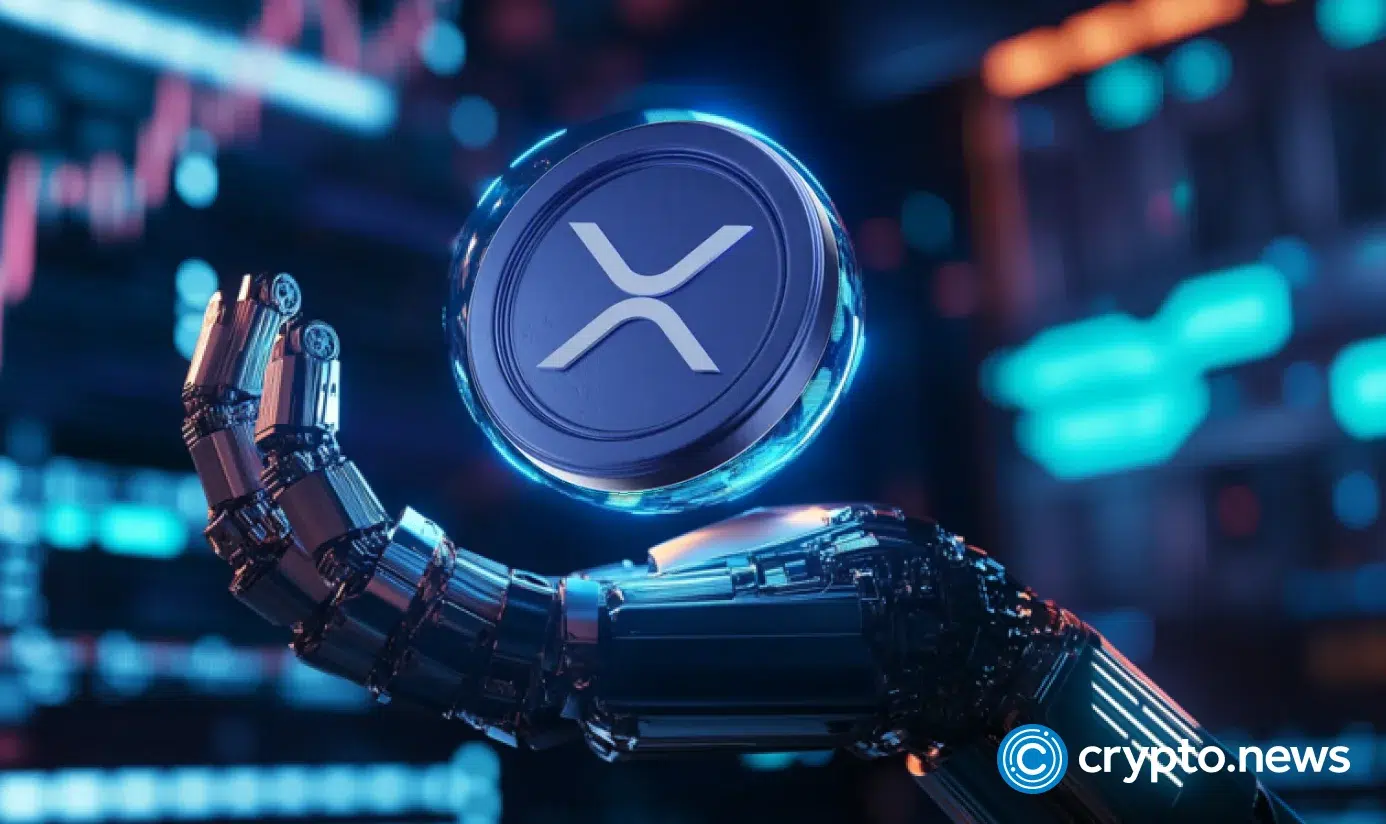

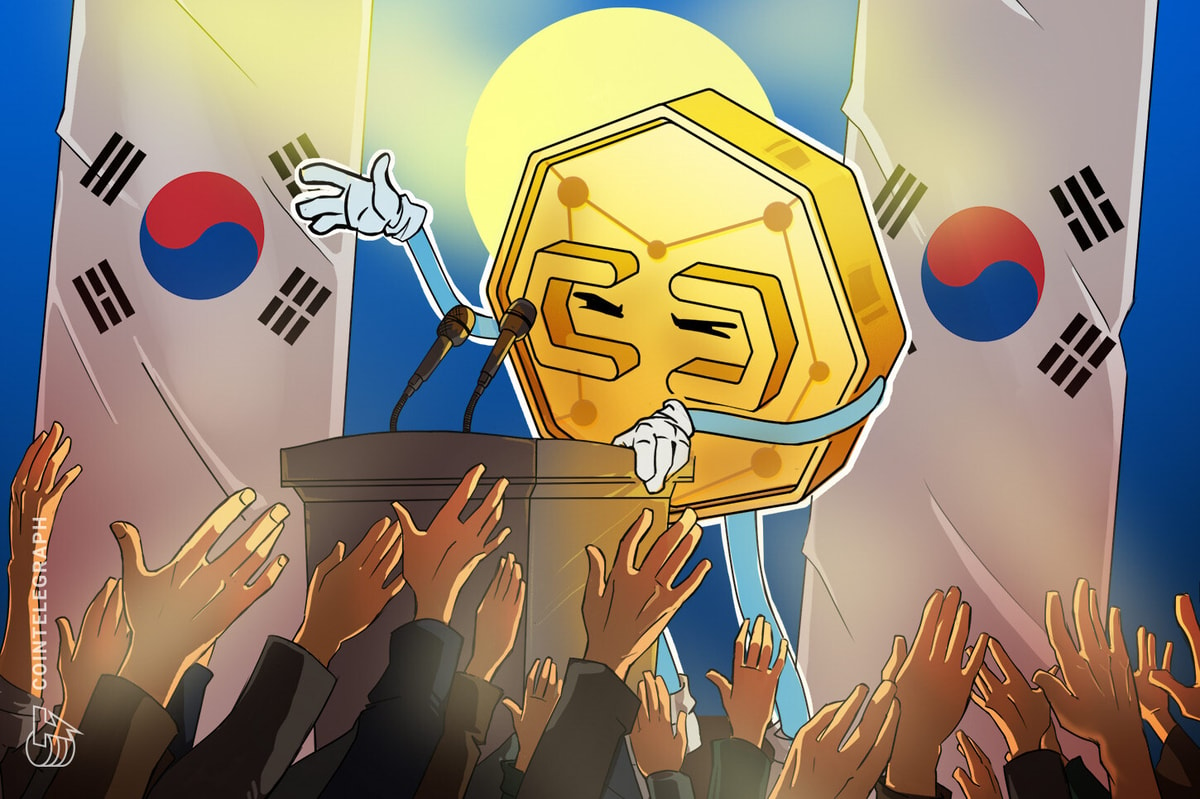


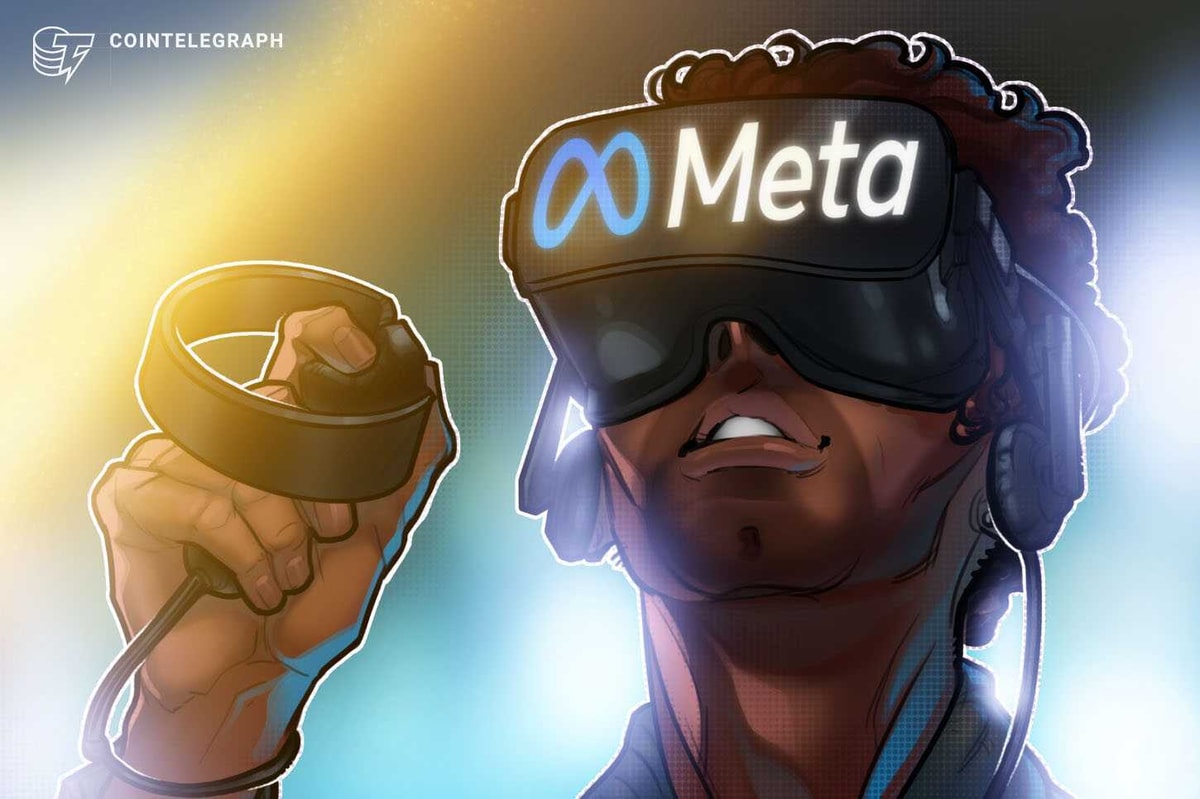
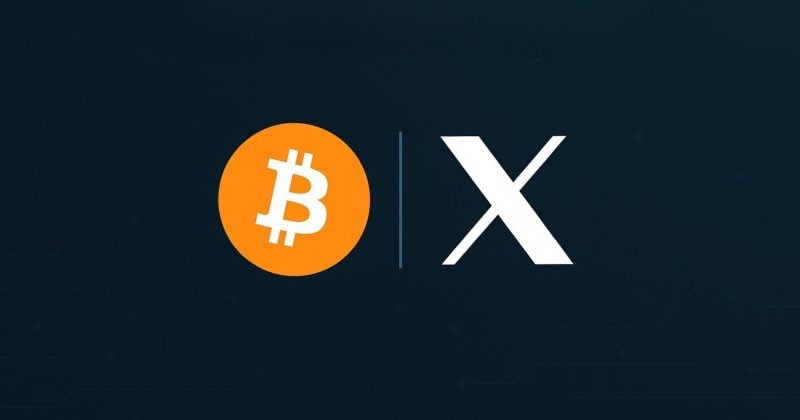

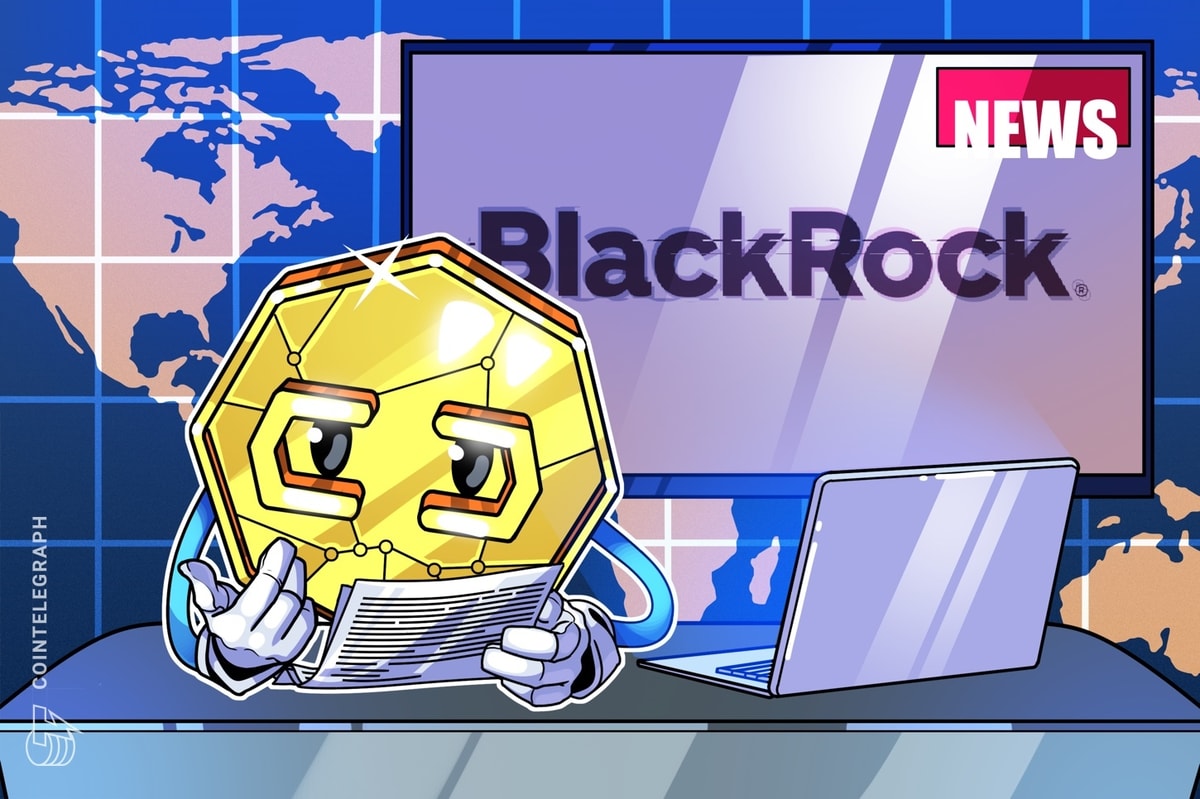
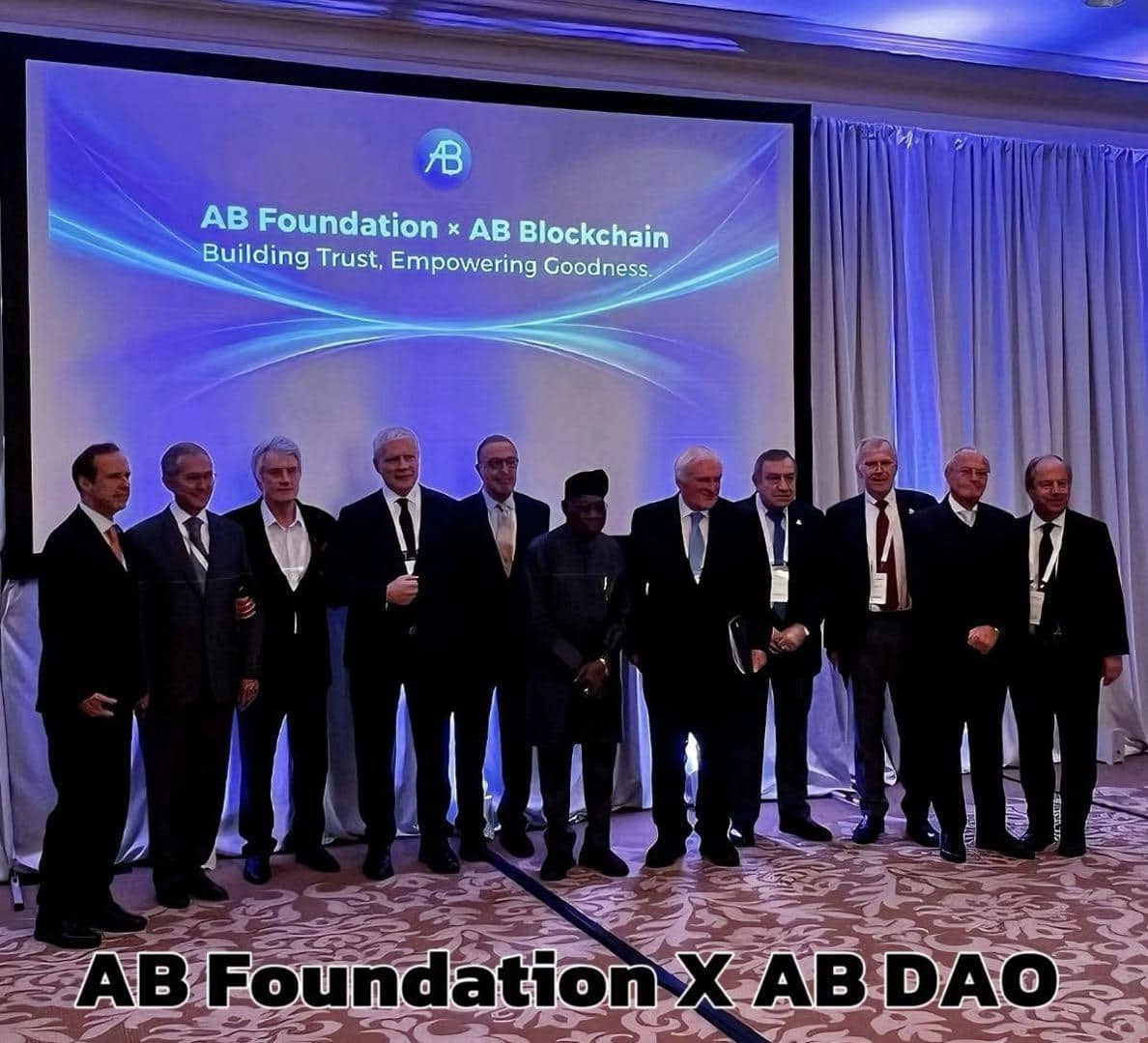
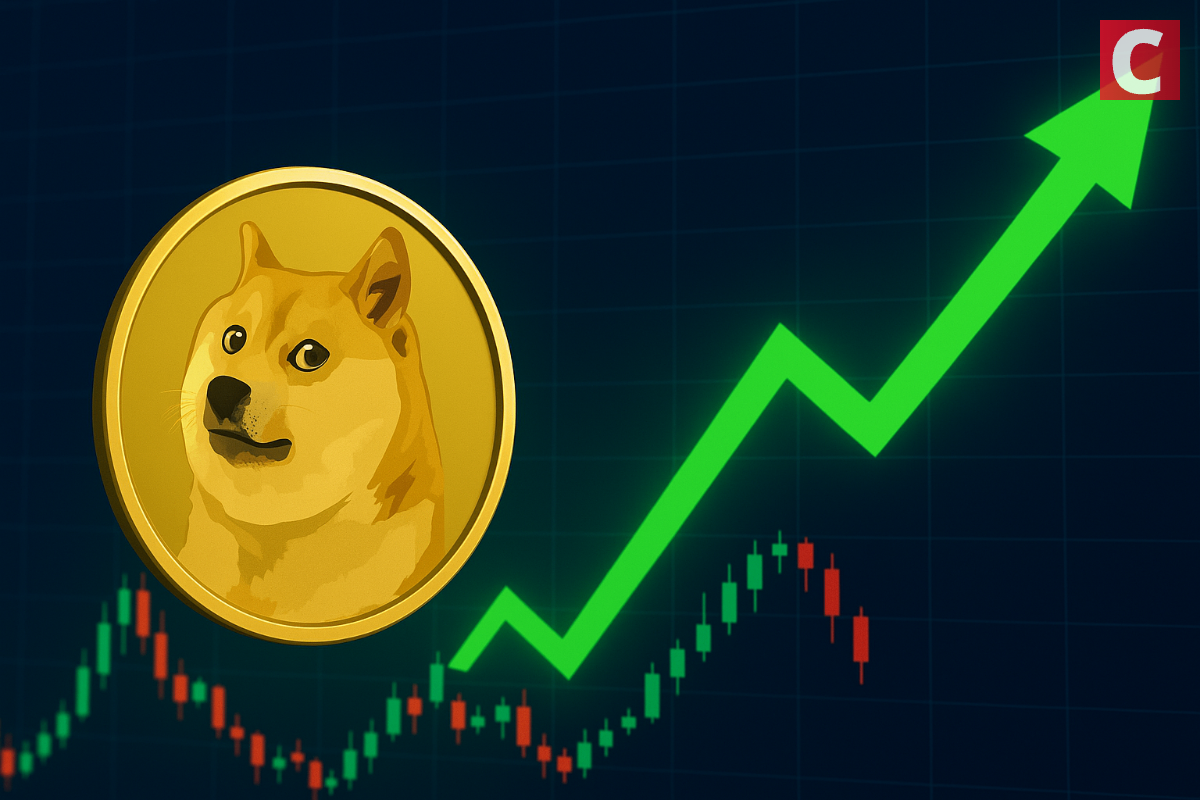

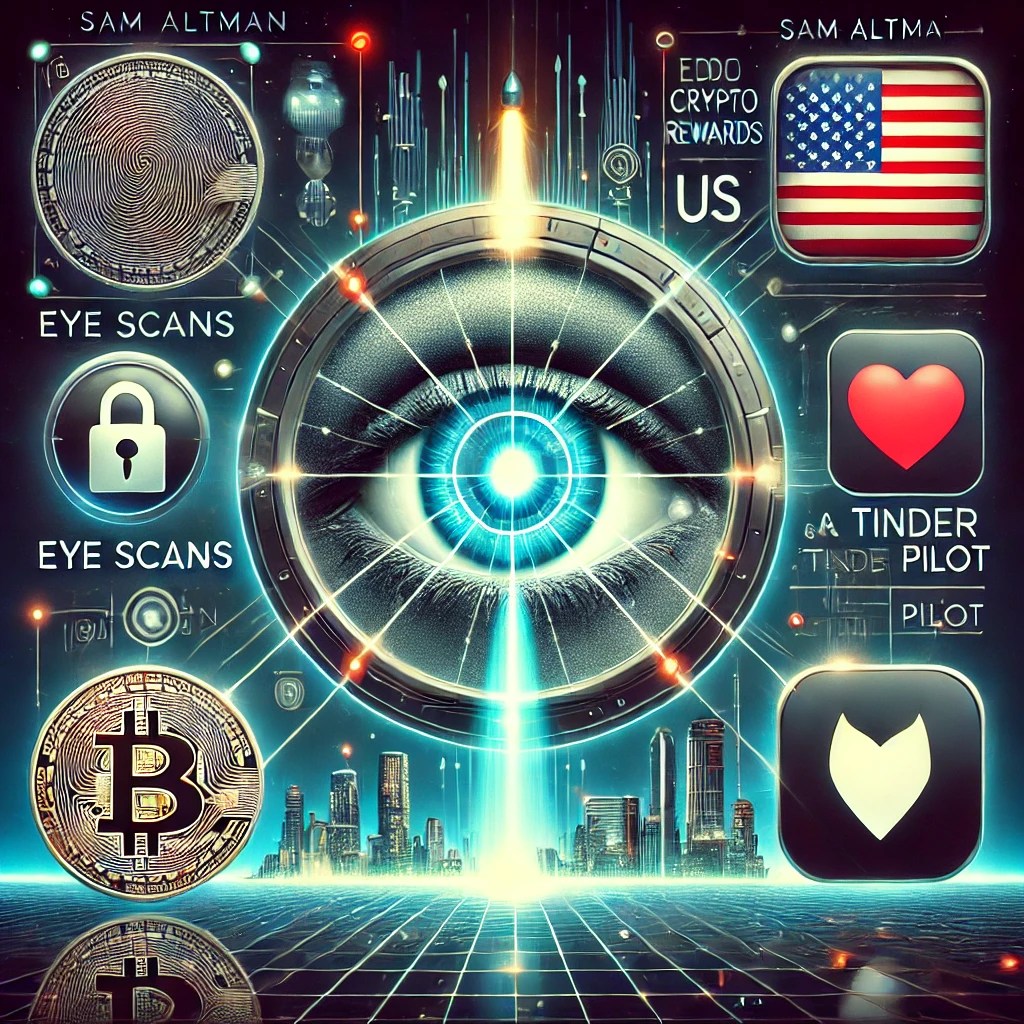

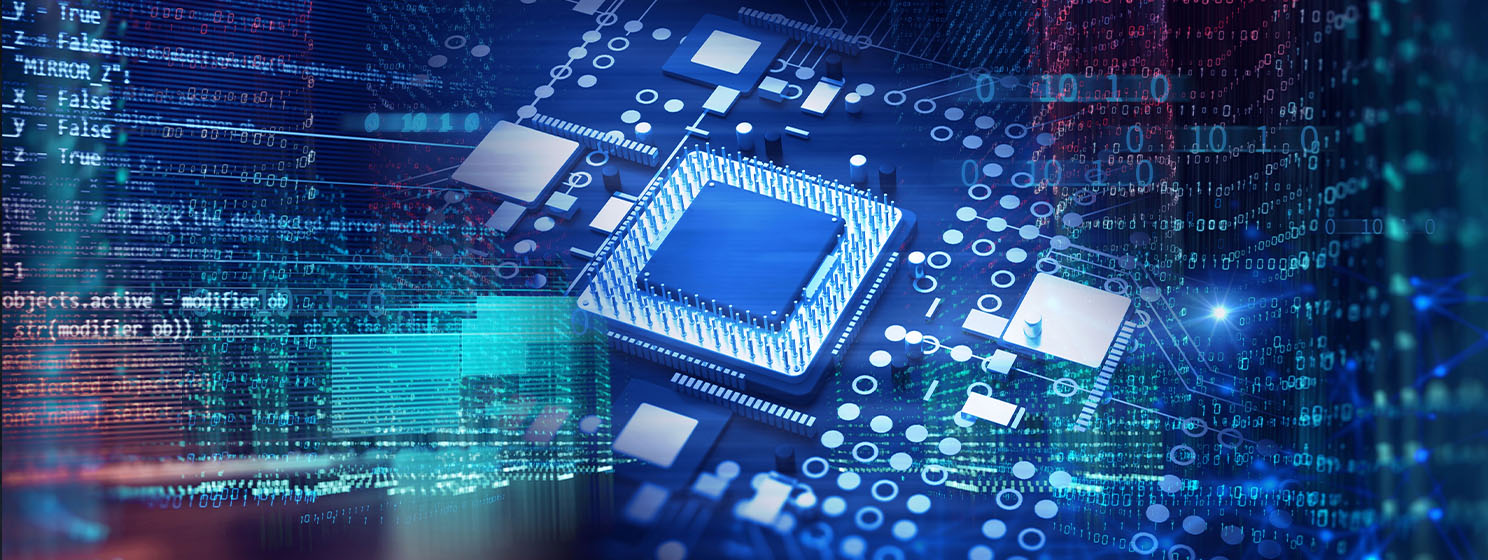

 English (US) ·
English (US) ·